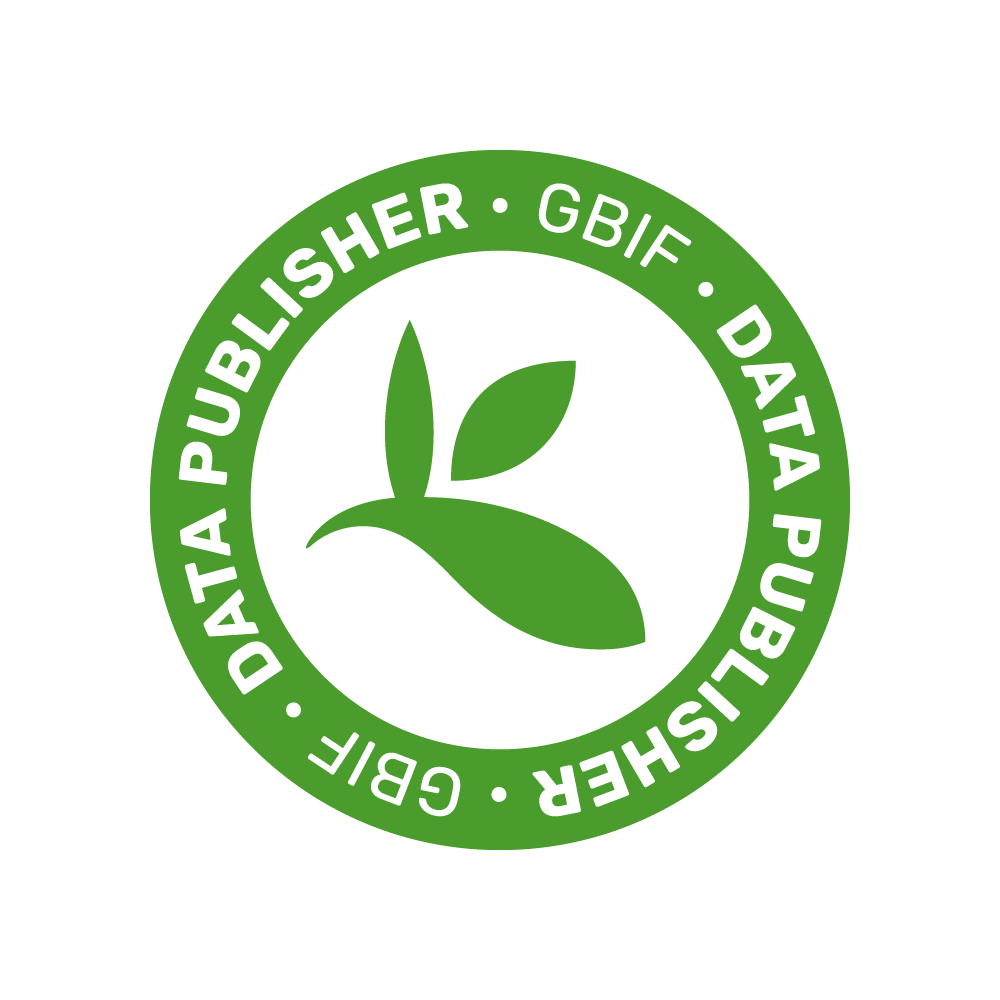IBBR publication #988
Footprints of past intensive diversification and structuring in the genus Zelkova (Ulmaceae) in south-western Eurasia
Christe C, Kozlowski G, Frey D, Betrisey S, Maharramova E, Garfi G, Pirintsos S, Naciri Y
Journal of biogeography 41 (6): 1081-1093. (2014)
doi:
10.1111/jbi.12276
Aim: To elucidate the phylogeographical patterns in three Cenozoic relict species: Zelkova sicula, Z. abelicea and Z. carpinifolia (Ulmaceae). Location: Sicily, Crete and Transcaucasia. Methods: Two chloroplast loci (trnH-psbA and trnL) and the nuclear ribosomal markers ITS1 and ITS2 were sequenced for 154 samples collected from 14 populations of Z. abelicea, 16 populations of Z. carpinifolia, and the two known populations of Z. sicula. We obtained georeferenced data, calculated median joining networks and carried out diversity analyses. A few ex situ samples collected from botanical gardens, of the East Asian species Zelkova serrata, Z. schneideriana and Z. sinica, were also analysed for comparative purposes. Results: High levels of variability were found in the chloroplast markers within Z. carpinifolia (15 haplotypes) and Z. abelicea (33 haplotypes), in association with strong phylogeographical structure. Conversely, Z. sicula was characterized by low diversity, with each population exhibiting a single haplotype. Lower variability was found for ITS1 and ITS2 within Z. carpinifolia and Z. abelicea (13 and 7 ribotypes per species, respectively), with Z. carpinifolia showing a high proportion of populations with no intragenomic polymorphism. In the triploid and clonal Z. sicula, all individuals displayed intragenomic polymorphism and seven ribotypes were identified. Main conclusions: The chloroplast diversity of Z. abelicea and Z. carpinifolia suggests a very ancient history of diversification and structuring, with footprints of past expansions and more recent bottlenecks. Zelkova sicula has had a history of severe isolation and is likely to be of hybrid origin. © 2014 John Wiley and Sons Ltd.




